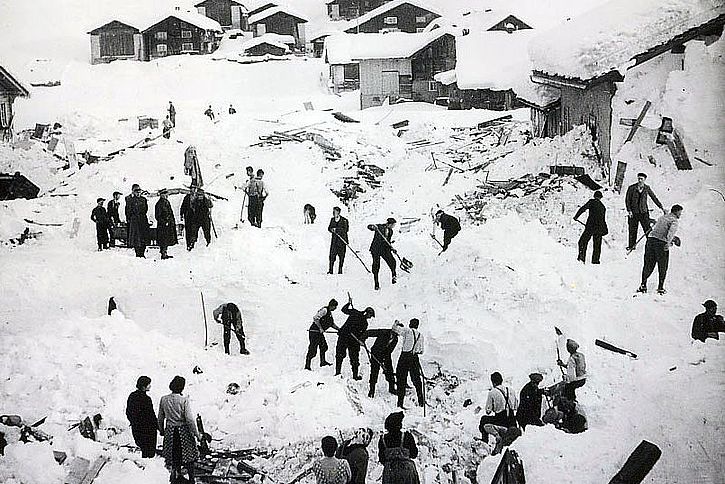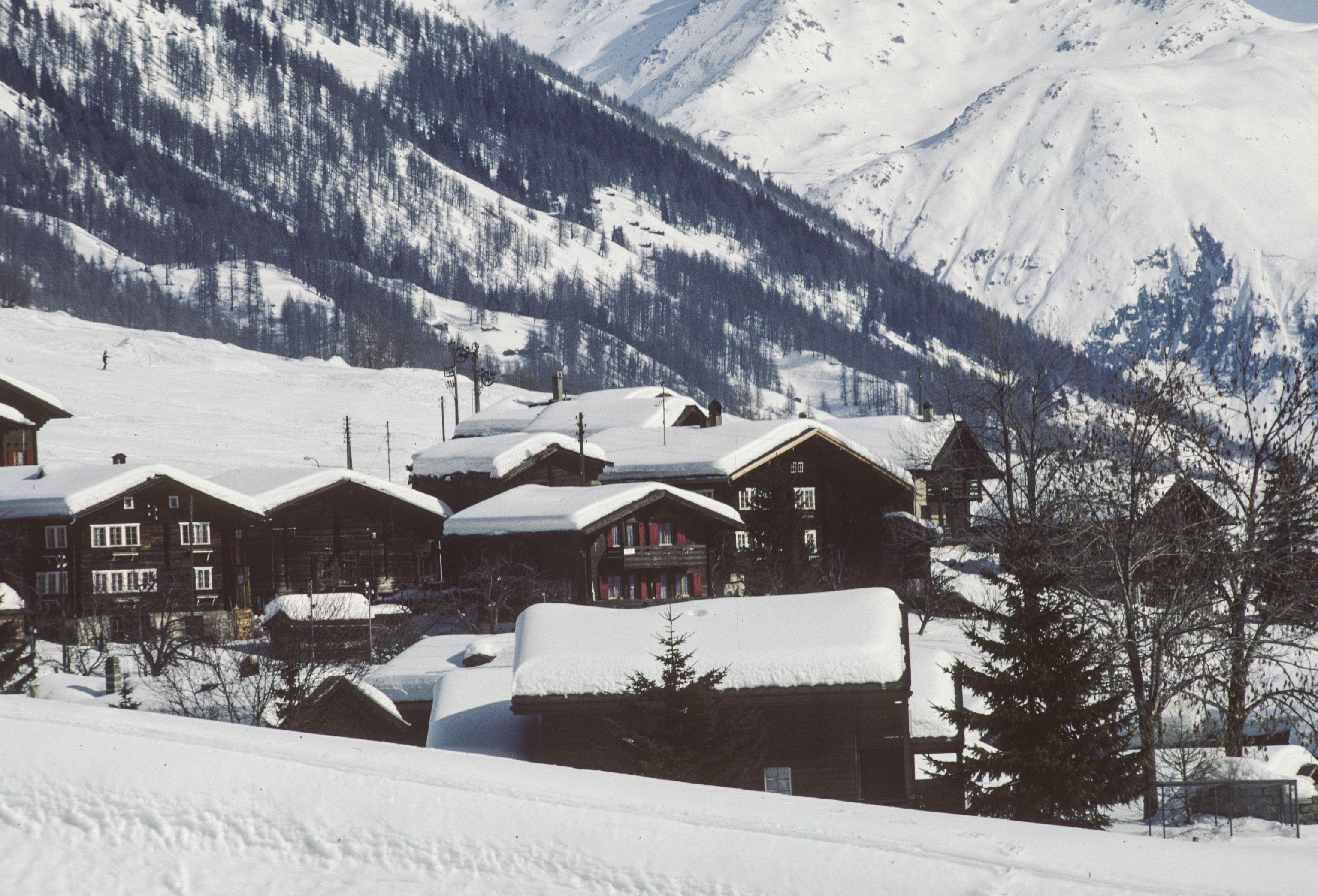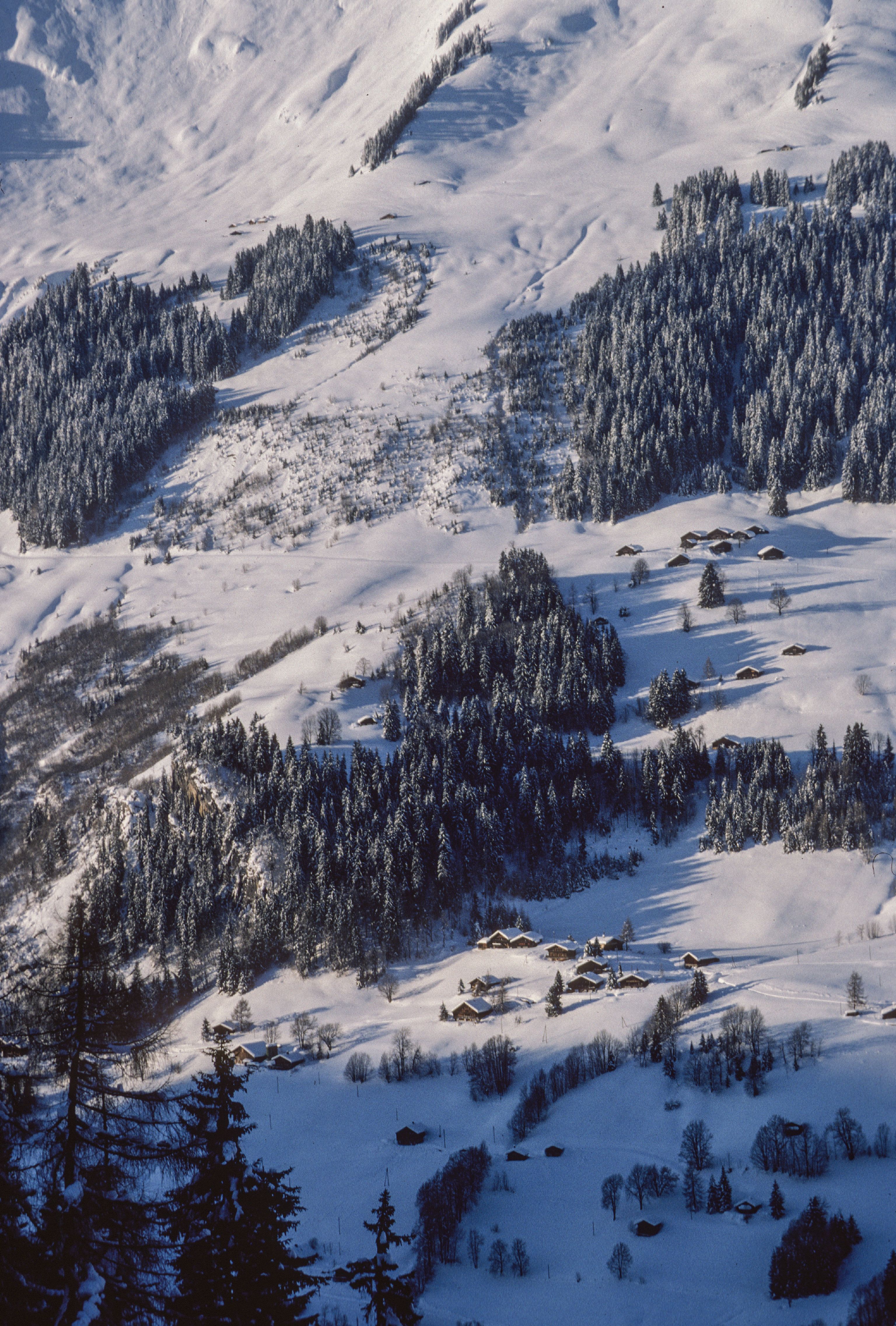Thanks to the lessons learnt from past avalanche winters, avalanche protection in Switzerland has developed considerably. Investments have been made in reforestation, stabilisation projects, hazard maps and temporary measures. Nevertheless, avalanches still occur in the Alpine valleys after major snowfalls. Settlements, transport infrastructure, tourism and winter sports facilities as well as protective forests are at risk. In Switzerland, an average of 24 people die in avalanches over many years. Most avalanche victims today are snow sports enthusiasts.
UNESCO cultural heritage
UNESCO cultural heritage
UNESCO has included dealing with the risk of avalanches in the list of intangible cultural heritage of humanity. Avalanches led to new forms of collective risk management in the Alpine region. Over the centuries, the Alpine population developed strategies to anticipate avalanches, protect themselves from them and save victims.
Documentation and event register
In its winter reports since 1936/37, the WSL Institute for Snow and Avalanche Research SLF has described the weather, snow cover and avalanche danger as well as selected accidents involving personal injury and property damage. This long-standing and valuable documentation series not only forms an important basis for avalanche hazard maps and the planning of protective measures. It also makes it possible to analyse long-term trends and thus estimate how effective prevention measures are.
The cantons are obliged to keep event registers and hazard maps for avalanches. Currently, 99% of the areas throughout Switzerland are recorded. The avalanche bulletin informs snow sports enthusiasts and local avalanche and safety services about the current snow and avalanche situation and warns the population.
Avalanches and climate change
Global warming is having a particularly strong impact in the mountains: Glaciers are shrinking, permafrost is thawing, snow cover is changing and extreme precipitation is becoming more frequent. This in turn also has an impact on avalanche activity. It is still uncertain whether avalanches will become more or less frequent in the future. However, experts assume that the characteristics of avalanches will change - for example, as rising temperatures influence the flow behaviour.
Effective measures
Effective measures
The avalanche winter of 1999 showed that hazard maps generally prove their worth. Protective and temporary measures also fulfil their function. Homeowners can protect buildings that were constructed before hazard zones were defined with structural protection measures. Examples of measures include
Individual warnings in Davos
Davos is particularly vulnerable due to its topographical location and population density. The town has therefore invested heavily in avalanche protection and, among other things, has set up a modern information system: since 2019, interested residents have been warned of avalanches by text message.






